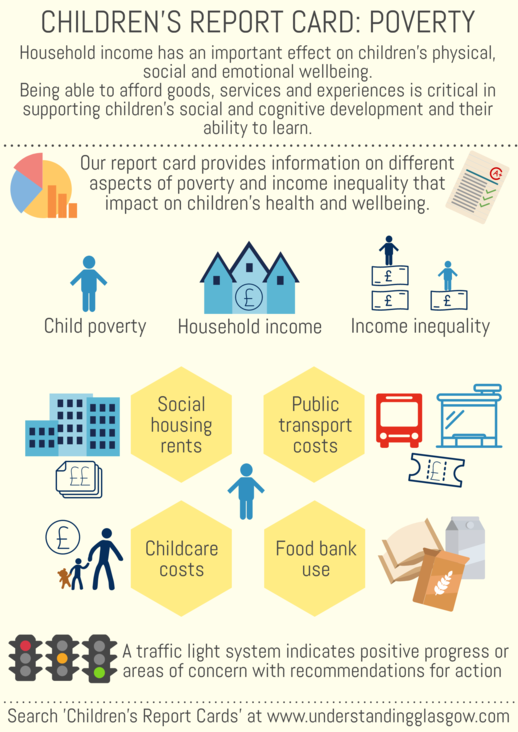Income inequality and poverty
 Adequate household income is critical to a child’s physical, social and emotional wellbeing. It allows parents/carers to invest in a range of goods, services and experiences which support a child’s cognitive development and ability to learn. Conversely, inadequate household income, in addition to limiting what adults in a household can spend on basic necessities and learning experiences for a child, also threatens the mental wellbeing of the family, the quality of the parent-child relationship and therefore the emotional and behavioural development of children.
Adequate household income is critical to a child’s physical, social and emotional wellbeing. It allows parents/carers to invest in a range of goods, services and experiences which support a child’s cognitive development and ability to learn. Conversely, inadequate household income, in addition to limiting what adults in a household can spend on basic necessities and learning experiences for a child, also threatens the mental wellbeing of the family, the quality of the parent-child relationship and therefore the emotional and behavioural development of children.
This report card describes patterns and trends in a range of indicators that tell us about the levels of child poverty and inequality. The indicators include: relative child poverty rates after housing costs; income inequality; household incomes; underemployment rates; proportion of population not earning the living wage; social housing costs; percentage of social housing tenants not managing well financially; percentage of children accessing childcare; and transport costs.
Download the income inequality and poverty children's report card (PDF).
The indicator trends referred to in this report card are available as graphs (PDF).
